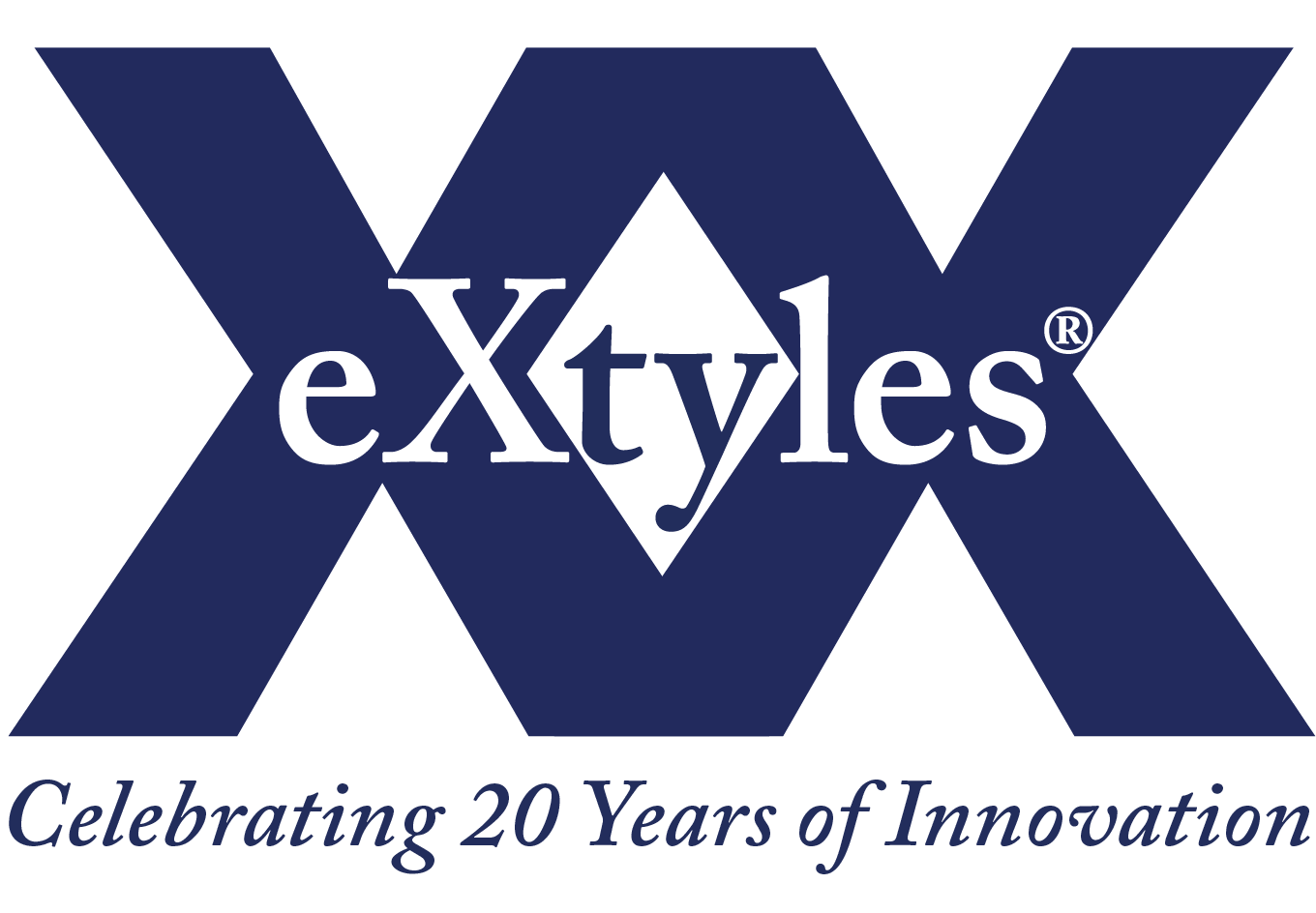 As part of our #eXtyles20th celebrations, we’re sitting down with a variety of eXtyles customers to chat about their experiences! First up is Jim Bender, whose team at the US Government Publishing Office began using eXtyles SI in their workflow in 2008.
As part of our #eXtyles20th celebrations, we’re sitting down with a variety of eXtyles customers to chat about their experiences! First up is Jim Bender, whose team at the US Government Publishing Office began using eXtyles SI in their workflow in 2008.
*
What originally led your organization to adopt eXtyles?
We publish hundreds of Word documents each day in the Federal Register. Back in 2008, we would open each file in Word and save as text so we could manually tag the file for our typesetting system. This removed all of the text coding for attributes such as bold, italic, subscript, and superscript. We basically had to add that back by hand using SGML tags. [The SGML typesetting workflow was implemented in the late 1990s, before Jim arrived at GPO, in order to make data repurposable and machine readable.] Some of the large files contained hundreds of footnotes, which were all moved to the end of the file when saved as text. These had to be painstakingly moved from the end of the file to under the paragraph where they were cited. We decided there had to be a better way, because of the numerous mistakes introduced by so much manual intervention and the time it took to add back in what was already in the Word file.
What were the big benefits you saw when you first implemented eXtyles? What was the immediate impact?
We went from having to manually code 90% of a Word document saved as text to 90% of the export from eXtyles SI being automatically coded in SGML. We saw a dramatic increase in productivity by reducing the amount of manual coding from 90% to 10%. Using a programmatic solution for the Word to SGML coding also significantly reduced the number of errors that were introduced by manual coding of the text file.
Which eXtyles feature is most essential to your workflow?
The eXtyles SI automated batch processing of Word files and the Auto-Redact features, as well as the user-friendly interface for modifying the Auto-Redact files and the overall flexibility of the eXtyles SI manifest files, so the output can be GPO locator format [a proprietary format used in Microcomp typesetting], SGML, or XML.
Are you currently considering any changes in how you use eXtyles?
Yes, we are going to use eXtyles SI’s XML export capabilities as we transition from an SGML typesetting system to an XML typesetting system.
US GPO is one of our heavier eXtyles SI users. How many documents do you typically process in a month?
We currently average over 2,300 Word documents per month in eXtyles SI.
What have your experiences with Inera team members been like?
The Inera team members were instrumental in configuring our eXtyles SI software, they respond quickly to technical issues we encounter, and are constantly refining and improving the software.
What would you say to someone considering eXtyles now?
The return on our investment in eXtyles SI took only a few months, and the technical support from Inera is the best we’ve seen in our agency. We saw huge improvements in productivity and reduced errors dramatically by using the software instead of coding so much content manually.
*
Thanks so much for your time, Jim!
Also in this series: Einar Ryvarden, Norwegian Medical Association | Peter J. Olson, Sheridan | The story of eXtyles | Irina Golfman, Inera